Exploring Traditional Quilting Block Patterns
Quilting is not just a craft; it’s a beautiful tapestry of history, creativity, and cultural significance. When we dive into the world of traditional quilting block patterns, we uncover a treasure trove of stories woven into each stitch. These patterns are more than mere designs; they are expressions of heritage that have been passed down through generations, each telling a unique story about the people and places they originate from. From the warmth of a grandmother's quilt to the intricate designs that adorn modern quilts, the art of quilting transcends time and space, connecting us all through the fabric of our lives.
As we explore traditional quilting block patterns, we find that they are often rooted in the cultural exchanges that have shaped societies over centuries. Each block carries with it a piece of history, influenced by the regional styles and techniques of the quilters who created them. For example, the Log Cabin pattern, with its rich symbolism of home and hearth, has been a staple in American quilting, while the Flying Geese pattern, with its graceful lines, reflects the natural world. Understanding these origins not only enhances our appreciation for the art but also invites us to consider the craftsmanship and dedication that goes into creating these textile masterpieces.
In many ways, quilting is akin to storytelling. Each quilt, with its unique blocks and patterns, narrates tales of love, loss, celebration, and community. It’s fascinating how a simple piece of fabric can evoke such powerful emotions and memories. As we stitch together the fabric of our lives, we create quilts that serve as both functional items and works of art, cherished by those who use them and those who admire them. The beauty of traditional quilting block patterns lies not only in their aesthetic appeal but also in the connections they foster between generations, reminding us of our shared human experience.
As we embark on this journey through traditional quilting block patterns, we will explore various techniques, delve into popular designs, and uncover the stories behind them. Whether you are a seasoned quilter or a curious beginner, there is something magical about the world of quilting that beckons you to pick up a needle and thread. So, let’s dive into the rich history, the intricate techniques, and the timeless patterns that make quilting a beloved craft for so many!
- What is the significance of quilting block patterns?
Quilting block patterns hold historical and cultural significance, often reflecting the traditions and stories of the communities from which they originate. - Are there specific techniques used in traditional quilting?
Yes, techniques like piecing, appliqué, and quilting are fundamental in creating traditional block patterns, each contributing to the quilt's texture and design. - Can I create my own quilting block patterns?
Absolutely! Quilting is a highly creative process, and many quilters enjoy designing their own unique block patterns. - What materials do I need to start quilting?
Basic quilting requires fabric, thread, a sewing machine (or needle for hand sewing), scissors, and a rotary cutter for precise cutting.
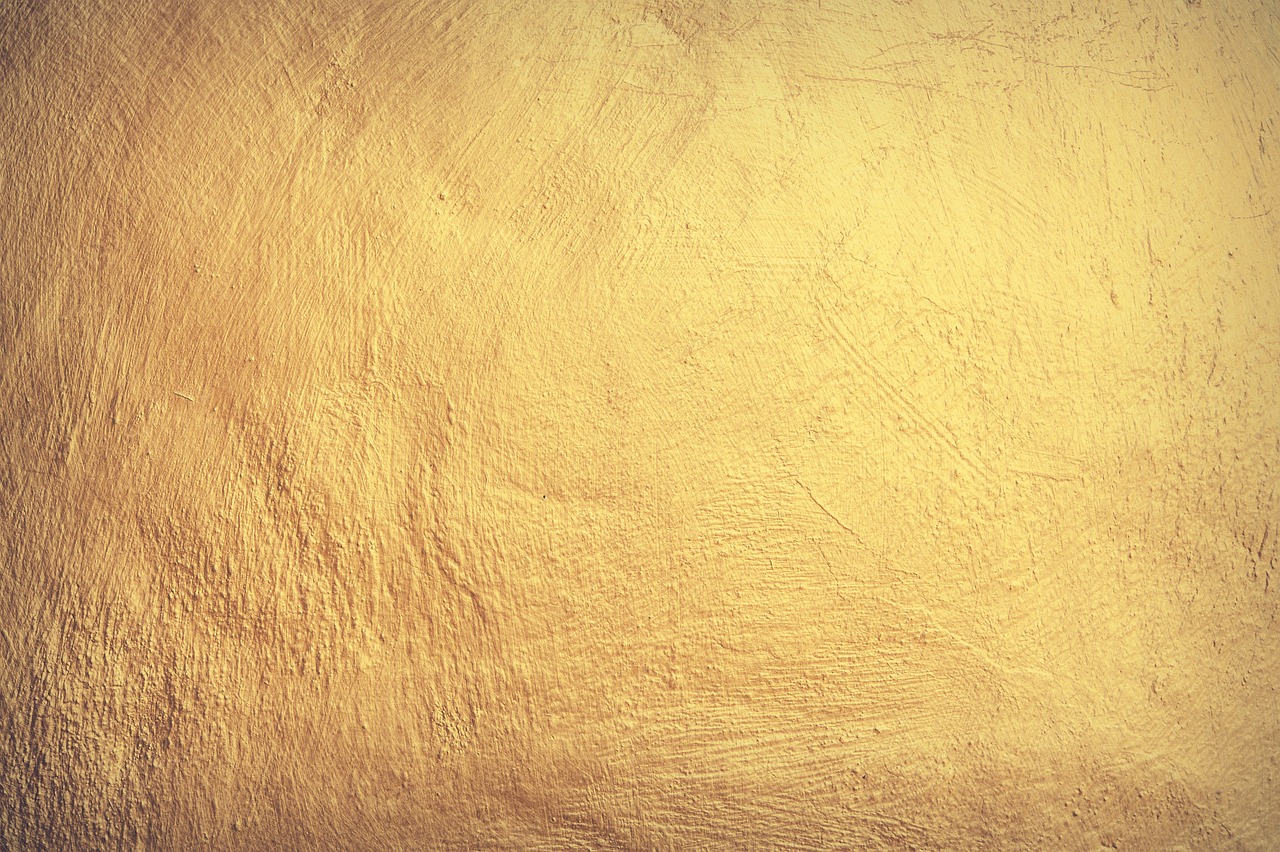
History of Quilting Blocks
This article delves into the rich history, techniques, and cultural significance of traditional quilting block patterns, showcasing their beauty and the craftsmanship involved in creating these textile masterpieces.
The is a fascinating journey that intertwines with the cultural fabric of societies across the globe. Quilting, as we know it today, has roots that stretch back to ancient civilizations. The earliest examples of quilted textiles can be traced to Egypt around 3400 B.C., where layered fabrics were stitched together for warmth and protection. However, it wasn't until the Middle Ages that quilting began to take on the artistic forms we recognize in traditional quilting blocks.
As Europeans migrated to the Americas, they brought with them their quilting techniques and patterns, which began to evolve in response to the new environment and available materials. The cultural exchanges between Indigenous peoples and European settlers significantly influenced the development of quilting styles. For example, Native American quilters incorporated vibrant colors and geometric shapes into their designs, while European settlers often used floral motifs and intricate piecing methods.
Over the centuries, quilting blocks became a means of storytelling, with each pattern often representing a specific cultural or familial heritage. For instance, patterns like the Log Cabin and Double Wedding Ring are not merely decorative; they carry deep meanings and traditions that have been passed down through generations. Quilters would often gather to create these blocks together, fostering a sense of community and shared history.
In the 19th century, the invention of the sewing machine revolutionized quilting, allowing for more complex designs and faster production. This era saw the rise of quilt shows and competitions, further popularizing quilting as both an art form and a social activity. Today, traditional quilting blocks continue to thrive, with contemporary quilters blending old techniques with modern aesthetics, ensuring that the legacy of quilting remains vibrant and relevant.
In summary, the history of quilting blocks is a rich tapestry of cultural influences, artistic expression, and community bonding. Each stitch and pattern tells a story, making quilting not just a craft, but a cherished tradition that connects us to our past.
- What are quilting blocks? Quilting blocks are individual sections of a quilt that are pieced together to form a larger design. Each block can have its own unique pattern and color scheme.
- What is the significance of quilting patterns? Quilting patterns often carry historical and cultural significance, representing the traditions and stories of the communities they come from.
- Can I create my own quilting block patterns? Absolutely! Many quilters enjoy designing their own blocks, allowing for personal expression and creativity in their quilting projects.
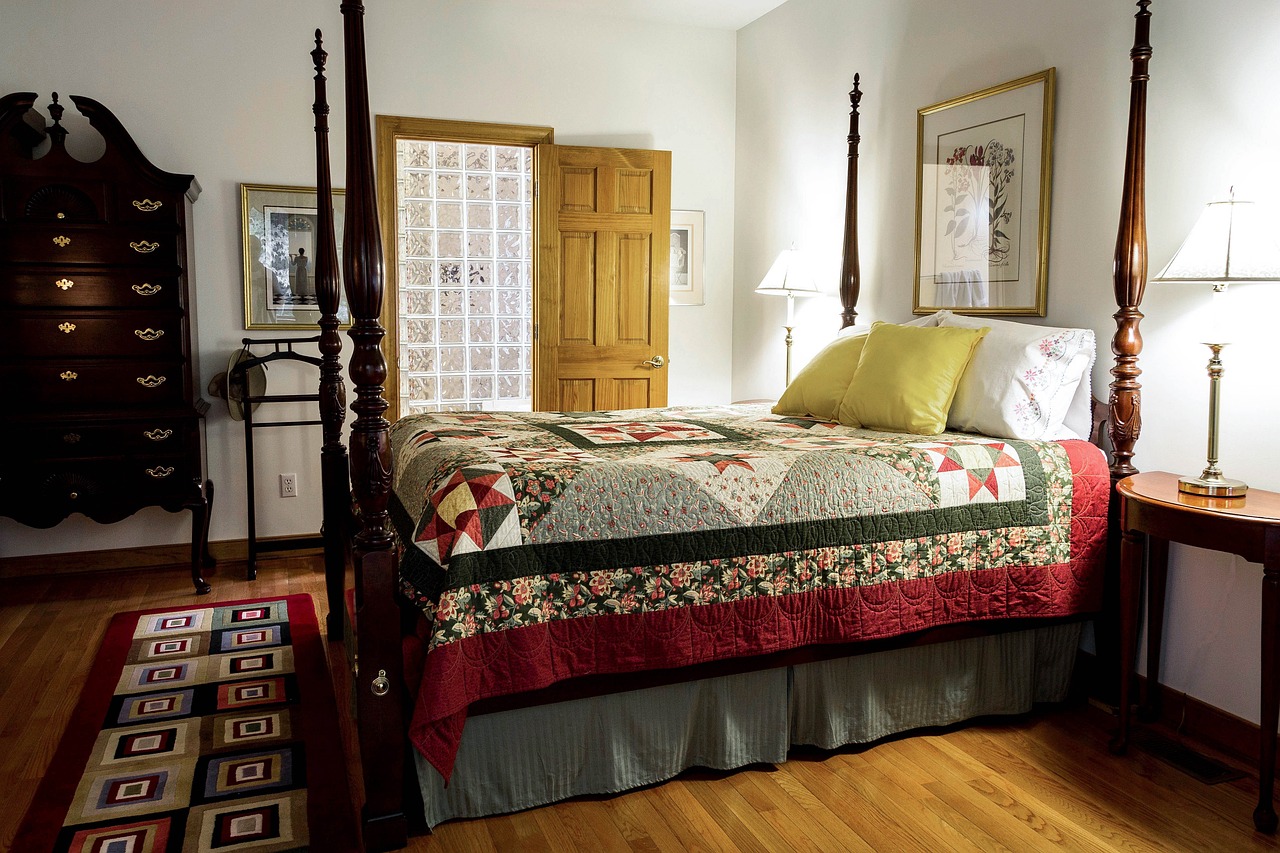
Common Quilting Techniques
When it comes to quilting, the techniques used can make all the difference in the final product. Each method brings its own unique flair and can significantly affect the quilt's texture, appearance, and overall charm. Understanding these techniques not only enhances your skills but also deepens your appreciation for this art form. Let's dive into some of the most common quilting techniques that have stood the test of time, each with its own story and significance.
At the heart of quilting lies the technique of piecing, which involves sewing together various fabric pieces to create a cohesive block. Imagine a puzzle where each piece contributes to a larger picture; that’s piecing in a nutshell! Mastering piecing techniques allows quilters to craft intricate designs and patterns, elevating the quilt's aesthetic appeal. There are two primary methods of piecing: hand piecing and machine piecing. Each has its own advantages and can drastically change the quilt's final look and feel.
Choosing between hand piecing and machine piecing often comes down to personal preference and the desired outcome. Hand piecing is a traditional method that many quilters cherish for its meditative quality. It allows for greater control over the stitching and can produce beautifully crafted seams. On the other hand, machine piecing is quicker and can handle larger projects more efficiently. It’s like comparing the gentle strokes of a painter’s brush to the rapid taps of a keyboard—both can create stunning works of art, but the experience and technique differ immensely.
Fabric selection is another crucial aspect of piecing that can transform a quilt from ordinary to extraordinary. The right fabrics can breathe life into a design, while poor choices can make even the most intricate patterns fall flat. When selecting fabrics, quilters should consider color, pattern, and texture. For instance, combining bold prints with subtle solids can create a stunning visual contrast, while varying textures can add depth and interest. It’s akin to cooking; the right ingredients can elevate a dish from bland to gourmet!
Another fascinating technique is appliqué, where fabric shapes are stitched onto a background fabric. This method not only adds depth and detail but also allows for a high degree of creative expression. Imagine layering different colors and patterns to create a vibrant scene—appliqué makes this possible! It’s particularly popular in traditional quilts, where motifs like flowers, animals, or geometric shapes can be showcased beautifully. Additionally, appliqué can be done by hand or machine, giving quilters the flexibility to choose their preferred method.
In summary, mastering these common quilting techniques—piecing and appliqué—opens up a world of possibilities for quilters. Each technique contributes to the richness of the craft, allowing for creativity, personal expression, and a deep connection to the history of quilting. So whether you’re a seasoned quilter or just starting your journey, embracing these methods can enhance your skills and the beauty of your quilts.
- What is the best fabric for quilting? Cotton is the most popular choice due to its durability and ease of handling.
- Can I quilt without a sewing machine? Absolutely! Hand quilting is a traditional method that many quilters still enjoy.
- How do I choose a quilting pattern? Consider your skill level, the fabric you have, and the overall look you want to achieve. Start with simpler patterns if you're a beginner.
- What is the difference between piecing and appliqué? Piecing involves sewing fabric pieces together to form a block, while appliqué involves stitching fabric shapes onto a background fabric.
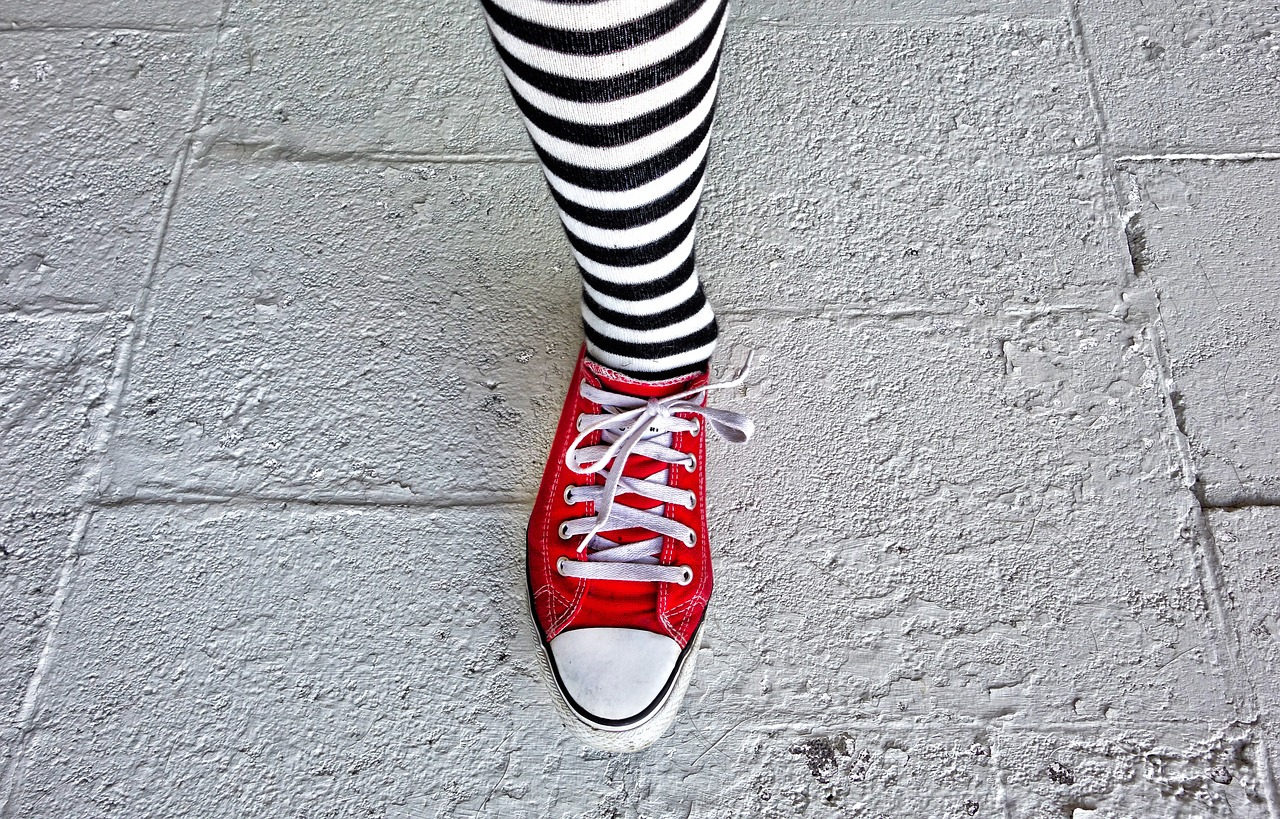
Piecing Techniques
When it comes to quilting, are the backbone of creating stunning quilt blocks. This method involves sewing together various pieces of fabric to form a cohesive design, and mastering it is essential for any quilter looking to elevate their craft. Imagine piecing as assembling a beautiful puzzle; each fabric piece plays a crucial role in the overall picture. The joy of piecing lies not only in the final product but also in the journey of transforming simple fabric into a work of art.
There are two primary approaches to piecing: hand piecing and machine piecing. Each method has its own charm and set of advantages, which can influence the final look and feel of the quilt. Hand piecing offers a more tactile experience; it allows quilters to connect with their work on a personal level, often leading to a sense of satisfaction that comes from crafting something with their own hands. On the other hand, machine piecing can significantly speed up the process, making it easier to tackle larger projects without sacrificing quality. The choice between these techniques often depends on the quilter's personal preference and the specific project at hand.
Another critical aspect of piecing is fabric selection. The right fabric can transform a simple block into a stunning visual masterpiece. When choosing fabrics, quilters should consider not just the colors but also the patterns and textures. For instance, a block made with contrasting fabrics can create a striking effect, while harmonious colors can offer a more subtle, blended look. Quilters often find themselves drawn to certain fabric collections, which can inspire their designs and guide their choices. Here’s a quick overview of some fabric types commonly used in piecing:
| Fabric Type | Description |
|---|---|
| Cotton | Versatile and easy to work with, cotton is a favorite among quilters. |
| Linen | Offers a unique texture and drape, ideal for modern quilt designs. |
| Flannel | Soft and cozy, perfect for warm quilts, especially in colder months. |
| Batiks | Hand-dyed and vibrant, batiks add depth and richness to quilt blocks. |
Ultimately, the art of piecing is about creativity and expression. Each quilter brings their unique style and vision to the table, allowing for endless possibilities in design. As you dive into piecing techniques, remember that practice makes perfect. Don't be afraid to experiment with different fabrics and methods; after all, quilting is as much about the journey as it is about the destination.
- What is the best fabric for beginners? Cotton is often recommended for beginners due to its ease of use and availability.
- Can I mix different fabric types in one quilt? Yes, mixing fabrics can add texture and interest to your quilt, just be mindful of their different properties.
- How do I choose a piecing technique? Consider your comfort level and the specific requirements of your project. Experiment with both hand and machine piecing to find what you enjoy most.
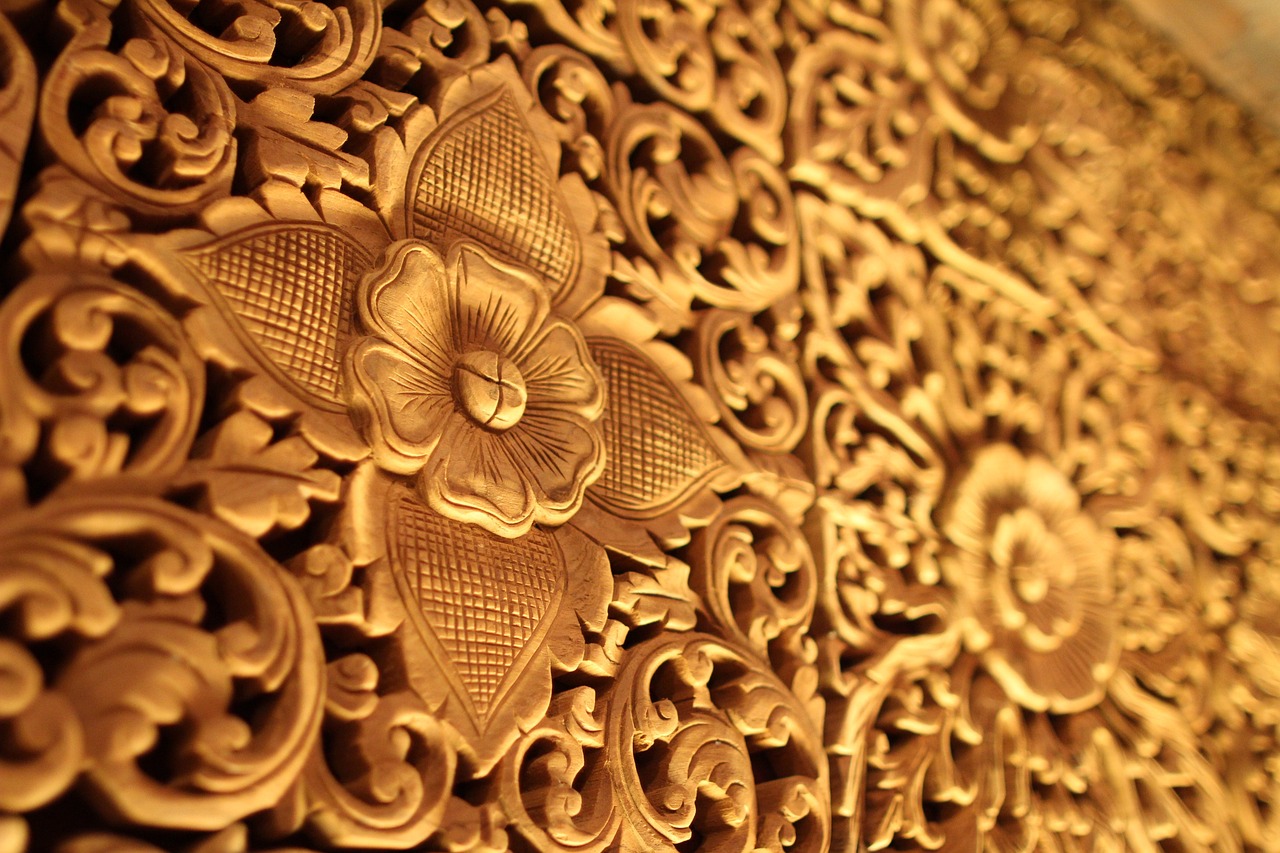
Hand Piecing vs. Machine Piecing
This article delves into the rich history, techniques, and cultural significance of traditional quilting block patterns, showcasing their beauty and the craftsmanship involved in creating these textile masterpieces.
Understanding the origins of quilting blocks reveals how cultural exchanges and regional styles influenced their development, leading to a diverse array of patterns that tell stories of heritage and creativity.
Different techniques, such as piecing, appliqué, and quilting, play crucial roles in creating traditional block patterns. Each method contributes to the texture and visual appeal of the finished quilt.
Piecing involves sewing together various fabric pieces to form a cohesive block. Mastering this technique allows quilters to create intricate designs and patterns that elevate the overall quilt aesthetic.
When it comes to piecing, quilters often find themselves at a crossroads: should they embrace the traditional method of hand piecing or opt for the speed of machine piecing? Each approach has its own charm and set of advantages, making the choice highly personal.
Hand piecing is a time-honored technique that involves sewing fabric pieces together by hand. This method allows for meticulous control and precision, enabling quilters to create intricate designs that reflect their unique style. There's something deeply satisfying about the tactile experience of fabric sliding through your fingers, stitch by stitch. Many quilters find that hand piecing fosters a meditative state, allowing them to connect with the fabric and the history it carries.
On the other hand, machine piecing offers efficiency and speed that can be incredibly appealing, especially for those who want to complete larger projects or quilts in a shorter timeframe. With a sewing machine, quilters can sew multiple pieces together rapidly, which is particularly beneficial for intricate patterns that require numerous blocks. However, this method may sacrifice some of the personal touch and detail that hand piecing provides.
Here’s a quick comparison of both methods:
| Aspect | Hand Piecing | Machine Piecing |
|---|---|---|
| Speed | Slower, more deliberate | Faster, efficient |
| Control | High level of detail | Less precision in curves |
| Experience | Tactile, meditative | Technical, modern |
| Durability | Can be very strong | Strong, but can vary |
Ultimately, the choice between hand piecing and machine piecing boils down to individual preference and the specific goals of the project at hand. Some quilters even blend both techniques, using hand piecing for intricate details while relying on machine piecing for larger sections. This hybrid approach can yield stunning results, combining the best of both worlds.
Choosing the right fabrics is essential in piecing. The selection can drastically change the block's appearance, making it vital for quilters to consider color, pattern, and texture carefully.
Appliqué is a technique where fabric shapes are stitched onto a background fabric. This method adds depth and detail, allowing for creative expression and personalization in traditional quilt designs.
Exploring popular traditional quilting block patterns, such as the Log Cabin and Flying Geese, showcases the timeless appeal and versatility of these designs in contemporary quilting.
The Log Cabin pattern is iconic for its unique construction and symbolic meanings. Its design can be adapted in numerous ways, making it a favorite among quilters for generations.
The Flying Geese pattern features triangular shapes that create a sense of movement. This pattern is celebrated for its simplicity and elegance, making it a staple in many quilt designs.
- What is the best fabric for quilting? Cotton is the most popular choice due to its durability and ease of handling.
- How long does it take to make a quilt? It depends on the size and complexity of the quilt, but it can range from a few days to several months.
- Can I mix different fabric types in a quilt? Yes, but ensure that they have similar care instructions to avoid issues later on.
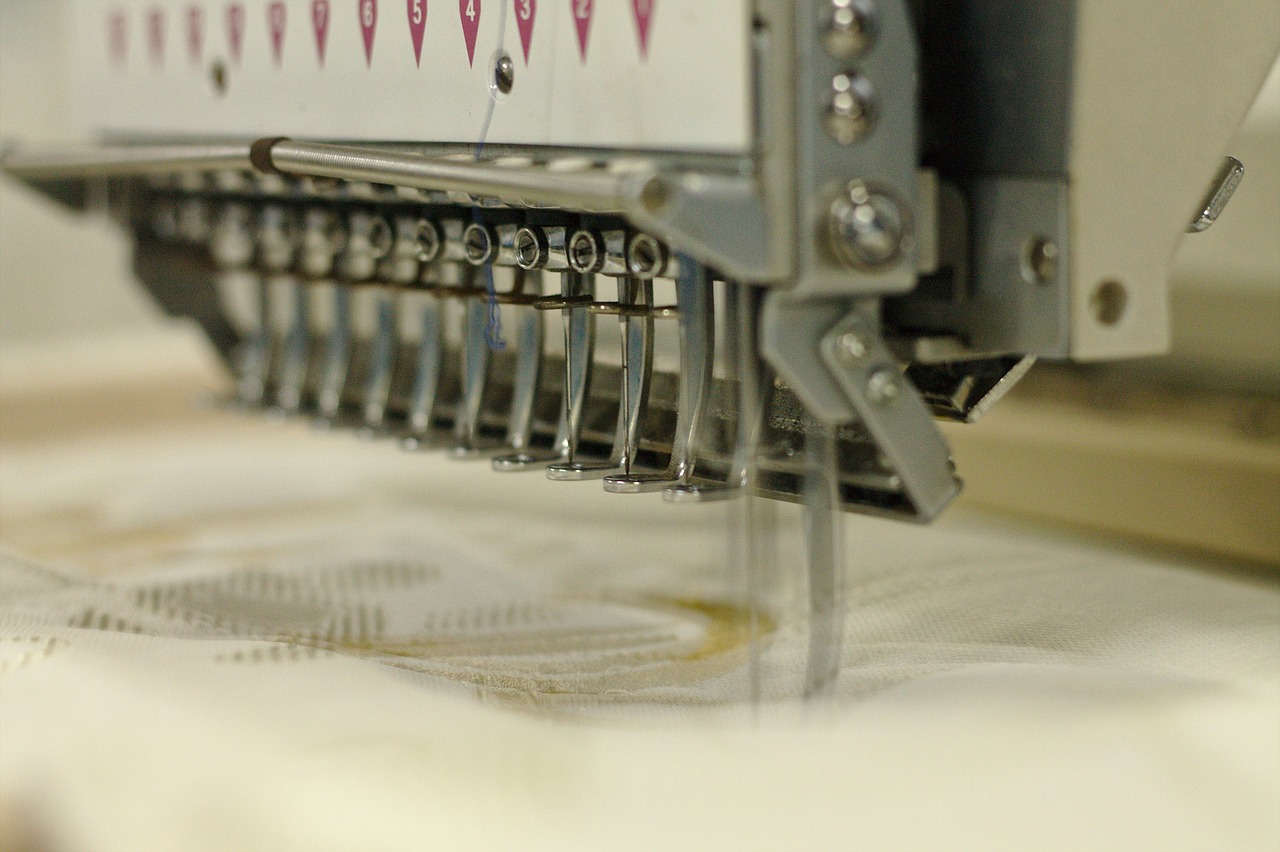
Creative Fabric Selection
This article delves into the rich history, techniques, and cultural significance of traditional quilting block patterns, showcasing their beauty and the craftsmanship involved in creating these textile masterpieces.
Understanding the origins of quilting blocks reveals how cultural exchanges and regional styles influenced their development, leading to a diverse array of patterns that tell stories of heritage and creativity.
Different techniques, such as piecing, appliqué, and quilting, play crucial roles in creating traditional block patterns. Each method contributes to the texture and visual appeal of the finished quilt.
Piecing involves sewing together various fabric pieces to form a cohesive block. Mastering this technique allows quilters to create intricate designs and patterns that elevate the overall quilt aesthetic.
Quilters often choose between hand piecing and machine piecing. Each method has its advantages, affecting the quilt's final look, durability, and the quilter's personal experience.
Choosing the right fabrics is essential in piecing. The selection can drastically change the block's appearance, making it vital for quilters to consider color, pattern, and texture carefully. Imagine walking into a fabric store, surrounded by a rainbow of choices. Each fabric tells a story; the vibrant colors can evoke emotions, while the textures can add depth and interest to your quilt. It's like picking the perfect ingredients for a recipe—each one must complement the others to create a harmonious dish.
When selecting fabrics, quilters often think about the overall theme or message they want to convey. For example, a quilt meant to celebrate a family milestone might incorporate fabrics that represent each family member's personality or favorite colors. On the other hand, a quilt designed for a cozy winter night might feature warm, muted tones and soft textures. Here are some key factors to keep in mind:
- Color Harmony: Choose colors that complement each other. Use a color wheel to find shades that work well together.
- Pattern Variety: Mixing different patterns can add visual interest, but be careful not to overwhelm the design.
- Fabric Texture: Combining smooth and textured fabrics can create a more dynamic look.
In addition to these factors, consider the weight and drape of the fabric. Heavier fabrics can provide durability, while lighter ones might lend a more delicate feel to the quilt. Ultimately, the goal is to create a quilt that not only looks beautiful but also feels personal and meaningful to the creator.
Exploring popular traditional quilting block patterns, such as the Log Cabin and Flying Geese, showcases the timeless appeal and versatility of these designs in contemporary quilting.
The Log Cabin pattern is iconic for its unique construction and symbolic meanings. Its design can be adapted in numerous ways, making it a favorite among quilters for generations.
The Flying Geese pattern features triangular shapes that create a sense of movement. This pattern is celebrated for its simplicity and elegance, making it a staple in many quilt designs.
Q: What is the best fabric for quilting?
A: The best fabric for quilting is typically 100% cotton, as it provides durability and ease of handling.
Q: How do I choose colors for my quilt?
A: Consider using a color wheel to find complementary colors and think about the mood you want to convey with your quilt.
Q: Can I mix different fabric types in a quilt?
A: Yes, but be mindful of the weight and texture differences, as they can affect the quilt's drape and overall look.
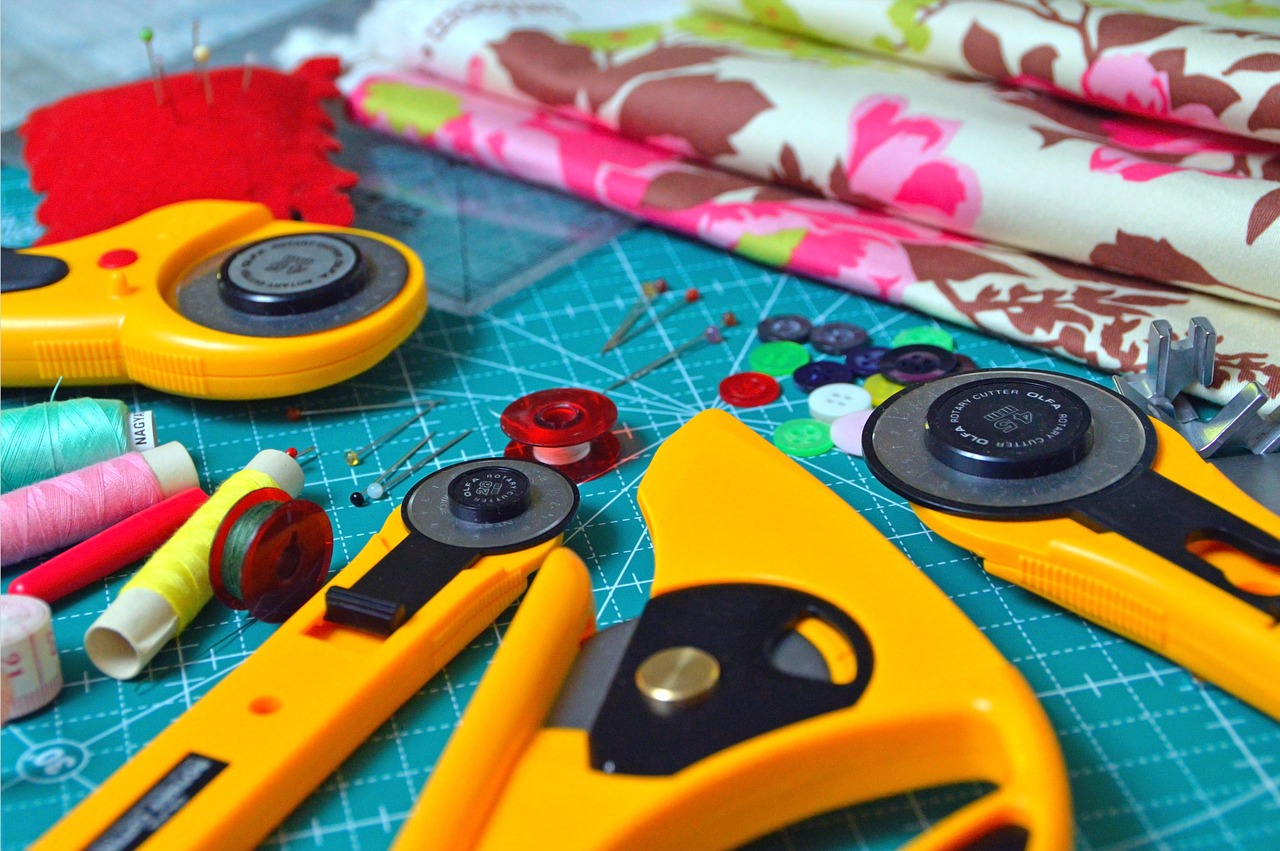
Appliqué Techniques
Appliqué is a fascinating quilting technique that allows artisans to add intricate designs and personal touches to their quilts. By stitching fabric shapes onto a larger background fabric, quilters can create stunning visual effects that tell a story or convey a theme. This method not only enhances the quilt's aesthetic appeal but also provides an opportunity for creative expression. Imagine transforming a simple quilt into a vibrant tapestry of colors and patterns, where each piece of fabric contributes to the overall narrative.
There are several methods of appliqué, each with its own unique charm and challenges. The most common techniques include:
- Raw Edge Appliqué: This technique involves cutting out shapes from fabric and sewing them onto the background without finishing the edges. It creates a more casual look and is quicker to execute, making it a favorite among beginners.
- Turned Edge Appliqué: In this method, the edges of the fabric shapes are turned under and secured with stitching. This results in a clean finish and is ideal for more intricate designs.
- Fusible Appliqué: This technique uses fusible webbing to adhere fabric shapes to the quilt top before stitching. It’s a great way to achieve precision and is widely used for detailed designs.
Each of these techniques offers different advantages, allowing quilters to choose based on their skill level and the desired outcome. For instance, raw edge appliqué is perfect for those who appreciate a more relaxed, whimsical style, while turned edge appliqué is suited for those aiming for a polished, traditional look. The choice of technique can significantly affect the quilt's texture and visual impact.
Moreover, the choice of fabric plays a crucial role in the appliqué process. Selecting contrasting colors and patterns can make the appliquéd shapes pop, adding depth and interest to the quilt. Quilters often experiment with various fabric types—such as cotton, silk, or even felt—to achieve different textures and effects. The key is to let your imagination run wild, combining fabrics in ways that reflect your personality and artistic vision.
In addition to fabric selection, the stitching method used in appliqué can vary. Some quilters prefer hand-stitching for a more personal touch, while others opt for machine stitching to save time and ensure durability. The combination of these elements—technique, fabric, and stitching—creates a unique quilt that embodies the quilter's style and story.
As you embark on your appliqué journey, remember that practice is essential. The more you experiment with different techniques and fabrics, the more you’ll discover what works best for you. So, grab your sewing machine or needle and thread, and let the world of appliqué inspire your next quilting project!
Q: What is the best fabric to use for appliqué?
A: Cotton is the most popular choice due to its versatility and ease of handling. However, you can also experiment with other fabrics like silk or felt for different textures and effects.
Q: Can I use a sewing machine for appliqué?
A: Absolutely! Many quilters use sewing machines for appliqué, especially for fusible or raw edge techniques. Machine stitching can save time and provide a consistent finish.
Q: Is appliqué suitable for beginners?
A: Yes! Raw edge appliqué is particularly beginner-friendly, allowing new quilters to create beautiful designs without complex techniques. As you gain confidence, you can explore more advanced methods.
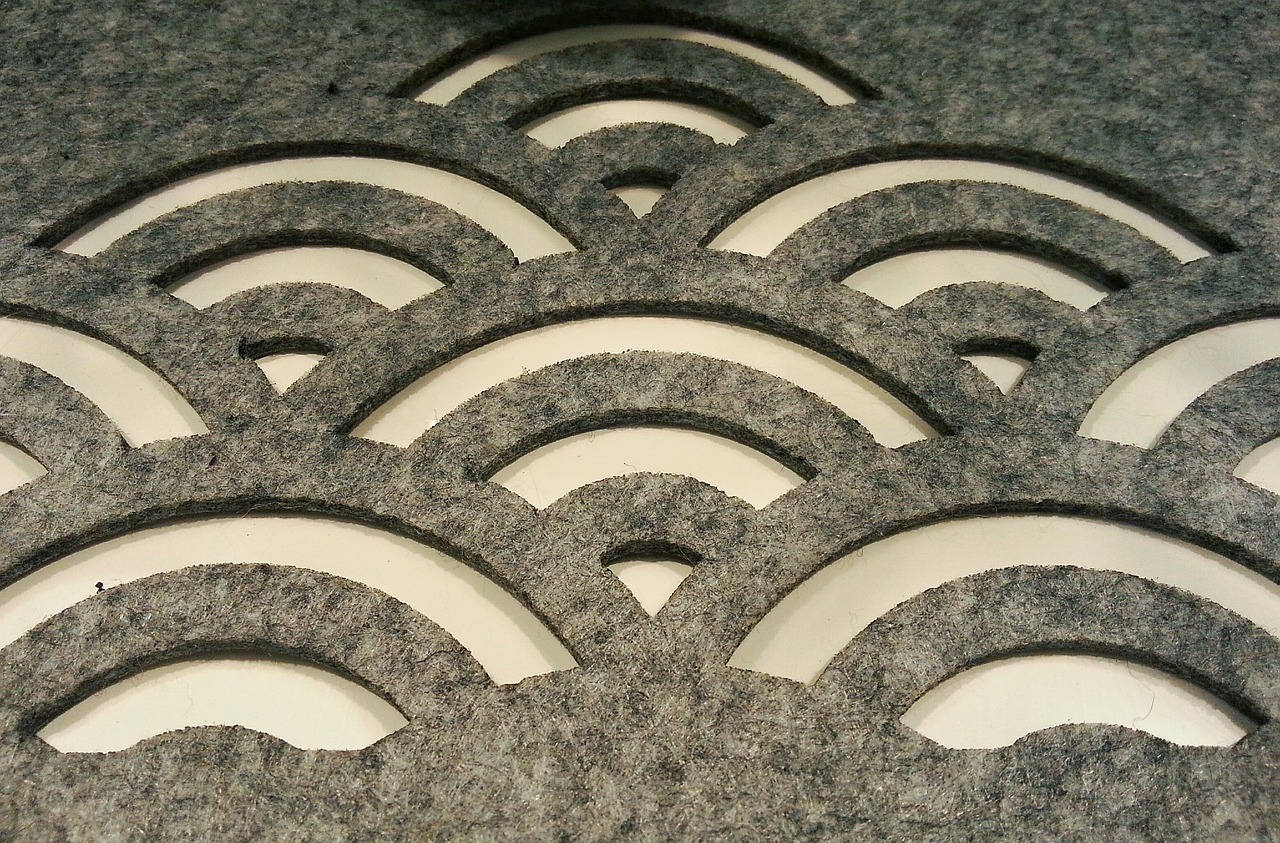
Popular Traditional Patterns
When it comes to traditional quilting, the patterns are not just mere designs; they carry stories, emotions, and a sense of heritage. Among the vast array of quilting block patterns, a few stand out due to their rich history and versatility. Two of the most popular patterns are the Log Cabin and Flying Geese. Each of these patterns has its unique charm and significance, making them favorites among quilters both past and present.
The Log Cabin pattern is iconic, not only for its distinctive construction but also for the symbolism it embodies. Traditionally, the Log Cabin quilt is made up of strips of fabric arranged in a way that resembles a log cabin, with a light square in the center representing the hearth of the home. This pattern can be adapted in countless ways, allowing quilters to express their creativity while also paying homage to the past. The arrangement of light and dark fabrics can tell different stories; for instance, a quilt with a dark center might symbolize a more somber theme, while a bright center could represent joy and warmth. The beauty of the Log Cabin lies in its adaptability, making it a timeless choice for quilters of all skill levels.
On the other hand, the Flying Geese pattern features a series of triangular shapes that create a dynamic sense of movement across the quilt. This pattern is celebrated not only for its simplicity but also for its elegant design. The Flying Geese can be arranged in various configurations, creating stunning visual effects that can range from orderly to chaotic. This versatility makes it a staple in many quilt designs, allowing quilters to play with color and layout. The name itself evokes a sense of freedom and flight, which resonates with many who take up quilting as a form of artistic expression.
Both of these patterns demonstrate the power of quilting to transcend mere fabric and thread; they embody the spirit of community, tradition, and creativity. Whether you're a seasoned quilter or just starting out, incorporating these traditional patterns into your work can deepen your appreciation for the craft and connect you to a long lineage of artisans who have come before you.
- What materials do I need to start quilting?
To begin quilting, you will need fabric, a rotary cutter, a cutting mat, a ruler, thread, and a sewing machine or needle for hand sewing. - How long does it take to make a quilt?
The time it takes to complete a quilt can vary greatly depending on its size and complexity, but it often takes anywhere from a few days to several weeks. - Can I use any fabric for quilting?
While you can technically use any fabric, cotton is the most popular choice due to its durability and ease of handling. - What is the best way to learn quilting?
Many quilters start with online tutorials, classes, or by joining local quilting groups where they can learn from more experienced quilters.
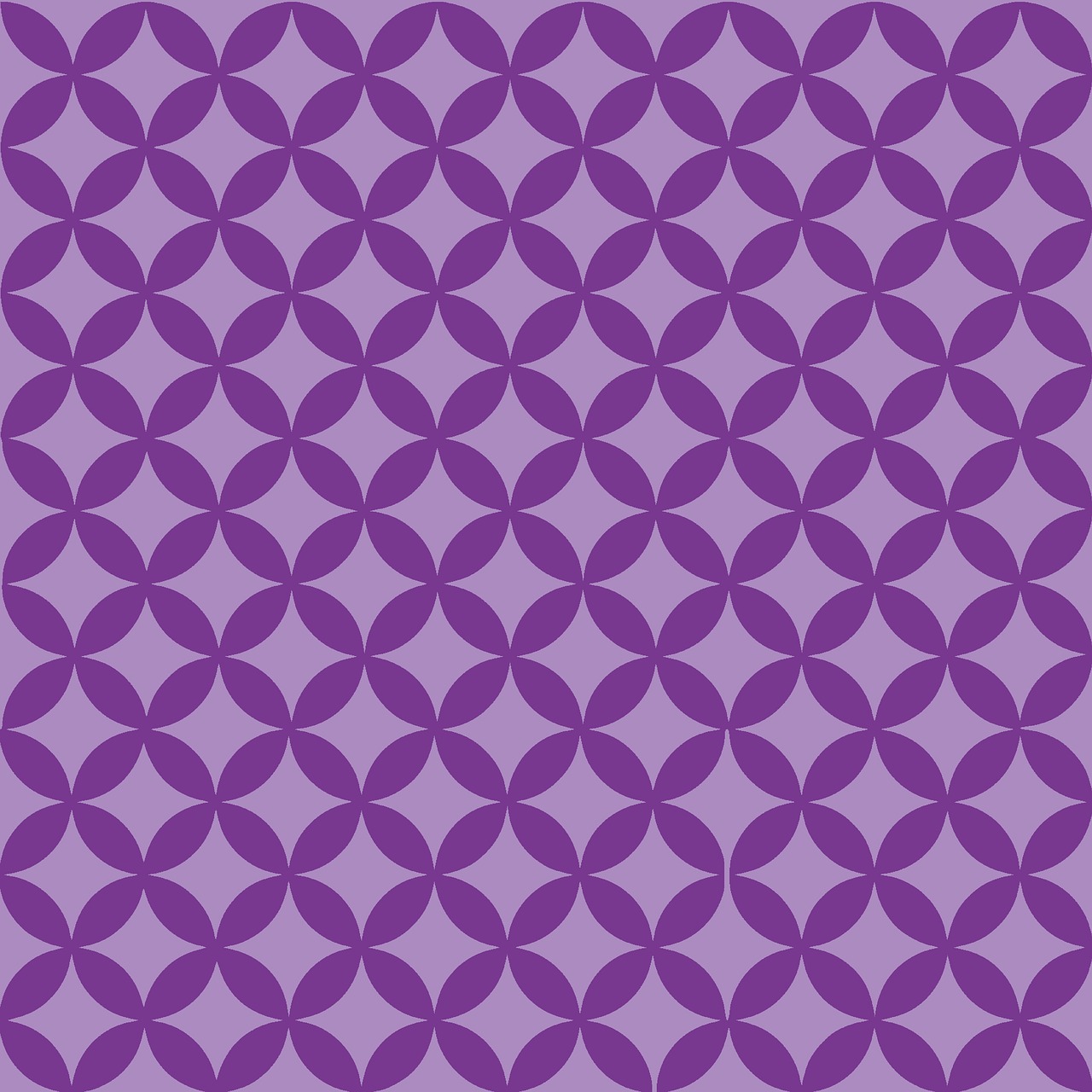
Log Cabin Pattern
The is not just a quilting design; it's a story woven into fabric, rich with symbolism and history. Originating in the early 19th century, this pattern has become a beloved staple in the quilting community. Its unique construction method involves sewing strips of fabric around a central square, representing a hearth or home. This design not only showcases the quilter's skill but also evokes a sense of warmth and comfort, making it a perennial favorite.
One of the most fascinating aspects of the Log Cabin pattern is its versatility. Quilters can play with colors, fabric types, and arrangements to create stunning variations. For instance, the traditional "Light and Dark" Log Cabin uses contrasting colors to symbolize the light of the home and the darkness of the world outside. This duality in design reflects the quilter's personal narrative, transforming each quilt into a unique masterpiece.
But the beauty of the Log Cabin pattern extends beyond its visual appeal. It also serves as a canvas for creativity. Quilters often experiment with different layouts, such as the "Barn Raising" or "Chevron" arrangements, which can completely alter the quilt's character. The ability to adapt this pattern makes it an exciting challenge for both novice and experienced quilters alike.
To illustrate the variations of the Log Cabin pattern, consider the following table:
| Variation | Description |
|---|---|
| Traditional Log Cabin | Features a central square surrounded by alternating light and dark strips. |
| Barn Raising | Arranged to create a diamond effect, symbolizing a barn raising event. |
| Chevron | Utilizes angled strips to create a zigzag pattern that adds movement. |
As you can see, the Log Cabin pattern is a testament to the creativity and ingenuity of quilters. Whether you're drawn to its historical significance or its aesthetic possibilities, this pattern offers a delightful journey into the world of quilting. It's more than just stitching fabric together; it's about crafting a narrative, one block at a time.
- What materials do I need to start a Log Cabin quilt? You will need fabric, a rotary cutter, a cutting mat, a ruler, and a sewing machine.
- Can I use scraps for a Log Cabin quilt? Absolutely! The Log Cabin pattern is perfect for using up fabric scraps.
- How long does it take to complete a Log Cabin quilt? The time varies depending on your skill level and the size of the quilt, but it can take anywhere from a few days to several weeks.
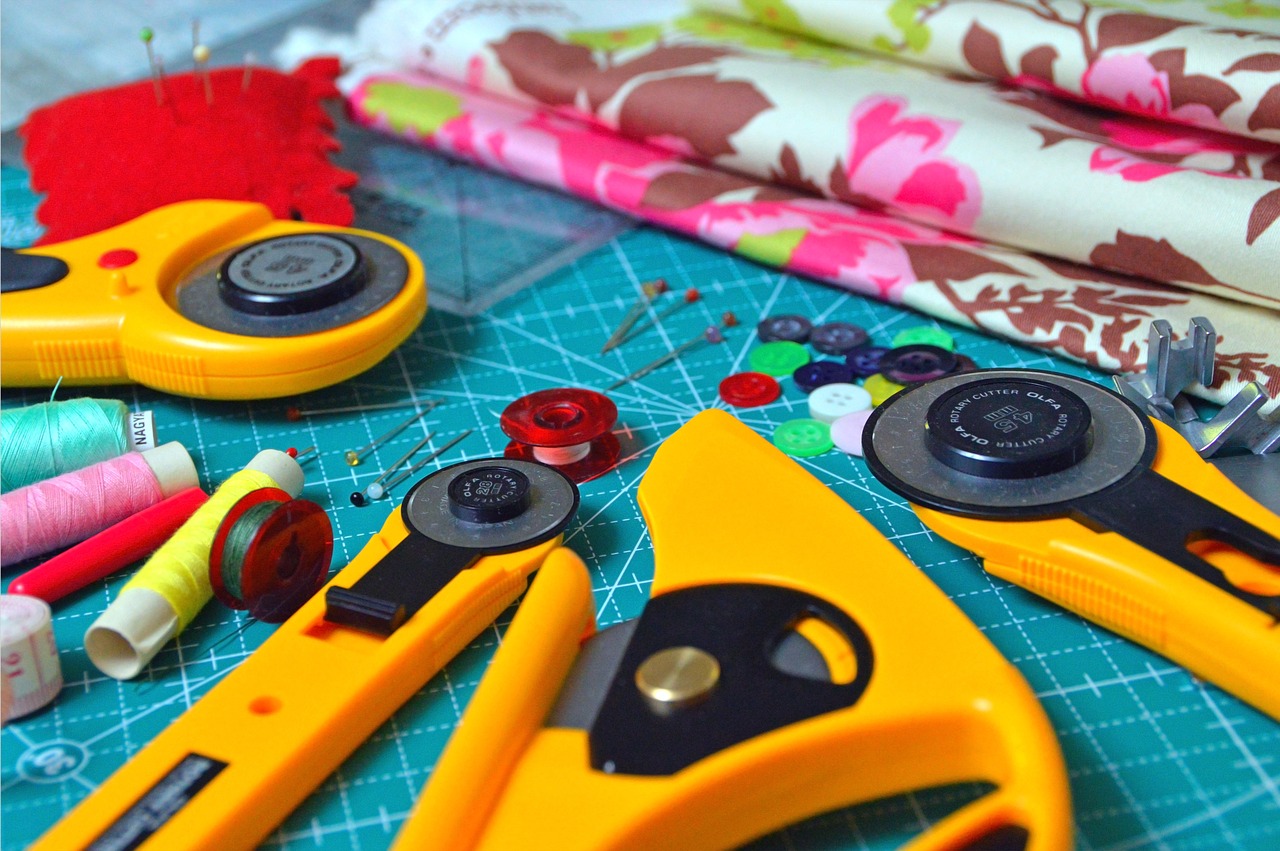
Flying Geese Pattern
This article delves into the rich history, techniques, and cultural significance of traditional quilting block patterns, showcasing their beauty and the craftsmanship involved in creating these textile masterpieces.
Understanding the origins of quilting blocks reveals how cultural exchanges and regional styles influenced their development, leading to a diverse array of patterns that tell stories of heritage and creativity.
Different techniques, such as piecing, appliqué, and quilting, play crucial roles in creating traditional block patterns. Each method contributes to the texture and visual appeal of the finished quilt.
Piecing involves sewing together various fabric pieces to form a cohesive block. Mastering this technique allows quilters to create intricate designs and patterns that elevate the overall quilt aesthetic.
Quilters often choose between hand piecing and machine piecing. Each method has its advantages, affecting the quilt's final look, durability, and the quilter's personal experience.
Choosing the right fabrics is essential in piecing. The selection can drastically change the block's appearance, making it vital for quilters to consider color, pattern, and texture carefully.
Appliqué is a technique where fabric shapes are stitched onto a background fabric. This method adds depth and detail, allowing for creative expression and personalization in traditional quilt designs.
Exploring popular traditional quilting block patterns, such as the Log Cabin and Flying Geese, showcases the timeless appeal and versatility of these designs in contemporary quilting.
The is a classic design that has captivated quilters for generations. Characterized by its triangular shapes, this pattern evokes a sense of movement and grace, much like a flock of geese soaring through the sky. The beauty of the Flying Geese pattern lies not just in its simplicity, but also in its versatility. Quilters can use it to create stunning borders, intricate layouts, or even standalone blocks that draw the eye.
One of the most exciting aspects of the Flying Geese pattern is the myriad of ways it can be constructed. Traditionally, it consists of a central triangle flanked by two smaller triangles on either side, forming the iconic "geese." However, quilters can play with sizes, colors, and orientations to create unique interpretations. For instance, by using contrasting fabrics, you can create a striking visual effect that adds depth and interest to your quilt.
When working with this pattern, consider the following creative tips:
- Color Play: Use a gradient of colors to create a beautiful ombre effect.
- Fabric Choices: Mix and match different fabric textures, such as cotton, linen, or even silk, to add dimension.
- Layout Variations: Experiment with different layouts, such as rotating the geese or alternating colors, to give your quilt a fresh look.
Ultimately, the Flying Geese pattern is not just a design; it's a canvas for quilters to express their creativity and tell their stories. Whether you're a seasoned quilter or just starting, this pattern offers endless possibilities for exploration and innovation.
Q: What is the origin of the Flying Geese pattern?
A: The Flying Geese pattern has roots in early American quilting and has been passed down through generations. Its design symbolizes migration and the journey of life.
Q: Can I use different shapes instead of triangles for this pattern?
A: While triangles are the traditional choice, quilters are encouraged to experiment with various shapes and sizes to create their own unique versions of the Flying Geese pattern.
Q: What types of fabric work best for the Flying Geese pattern?
A: Cotton is the most common fabric used, but you can also explore blends or even specialty fabrics to achieve different textures and appearances.
Frequently Asked Questions
- What are traditional quilting block patterns?
Traditional quilting block patterns are unique designs created by sewing together various pieces of fabric. These patterns often reflect cultural heritage and storytelling, showcasing the artistry and craftsmanship of quilters throughout history.
- How did quilting blocks originate?
The origins of quilting blocks can be traced back to various cultures and regions, where different techniques and styles emerged. These blocks often tell stories, embodying the creativity and traditions of the people who made them.
- What are the main techniques used in quilting?
There are several key techniques in quilting, including piecing, appliqué, and quilting itself. Each technique adds a unique texture and visual appeal to the final quilt, allowing for endless creativity.
- What is the difference between hand piecing and machine piecing?
Hand piecing involves sewing fabric pieces together by hand, offering a personal touch and often more intricate control. Machine piecing, on the other hand, is faster and can provide consistent stitching, making it a popular choice for many quilters.
- Why is fabric selection important in quilting?
The choice of fabric plays a crucial role in the overall look of a quilt. The colors, patterns, and textures of the fabrics can dramatically change the appearance of the quilting blocks, making careful selection essential for achieving the desired effect.
- What is appliqué in quilting?
Appliqué is a technique where fabric shapes are stitched onto a background fabric. This method adds depth, detail, and a personal touch to traditional quilt designs, allowing quilters to express their unique style.
- Can you explain the Log Cabin pattern?
The Log Cabin pattern is one of the most iconic quilting designs, known for its distinctive construction and rich symbolism. Its versatility allows quilters to adapt the design in numerous ways, making it a favorite across generations.
- What is the significance of the Flying Geese pattern?
The Flying Geese pattern features triangular shapes that create a sense of movement and flow. Celebrated for its simplicity and elegance, it has become a staple in many quilt designs, representing freedom and flight.



















